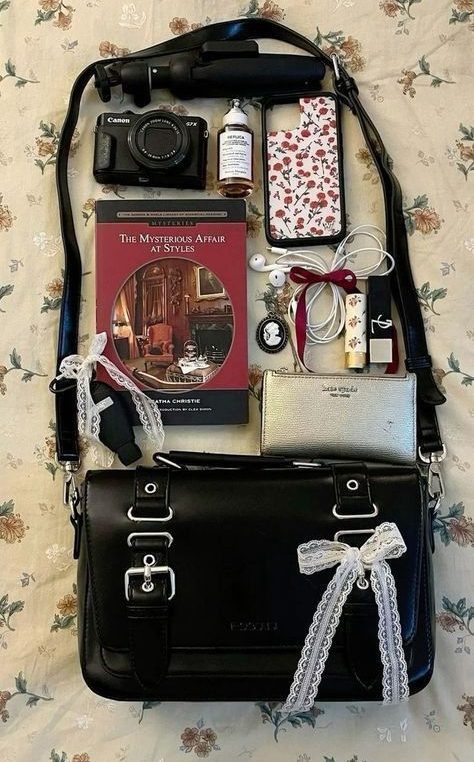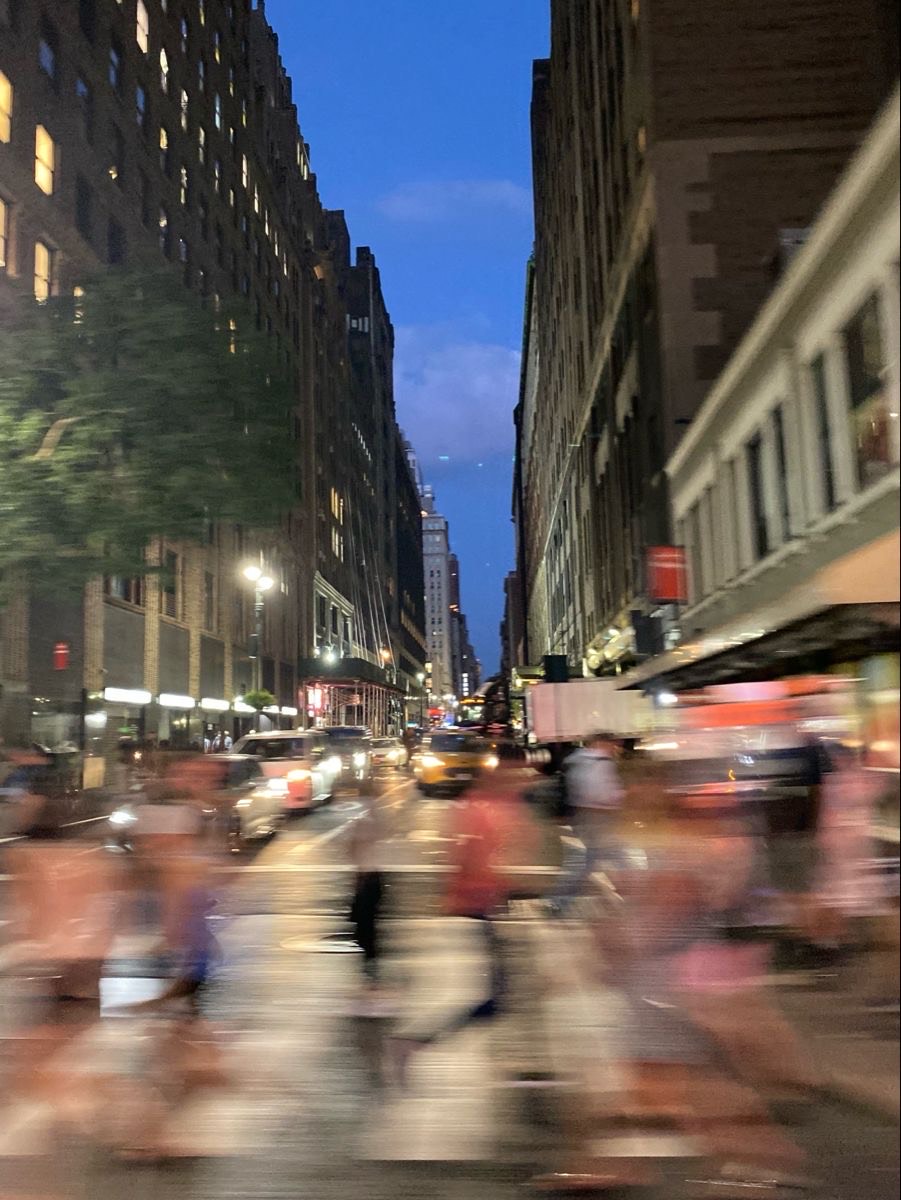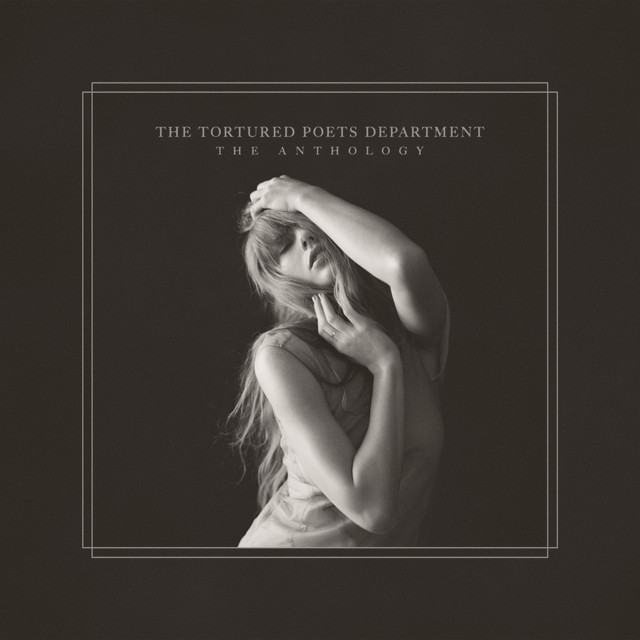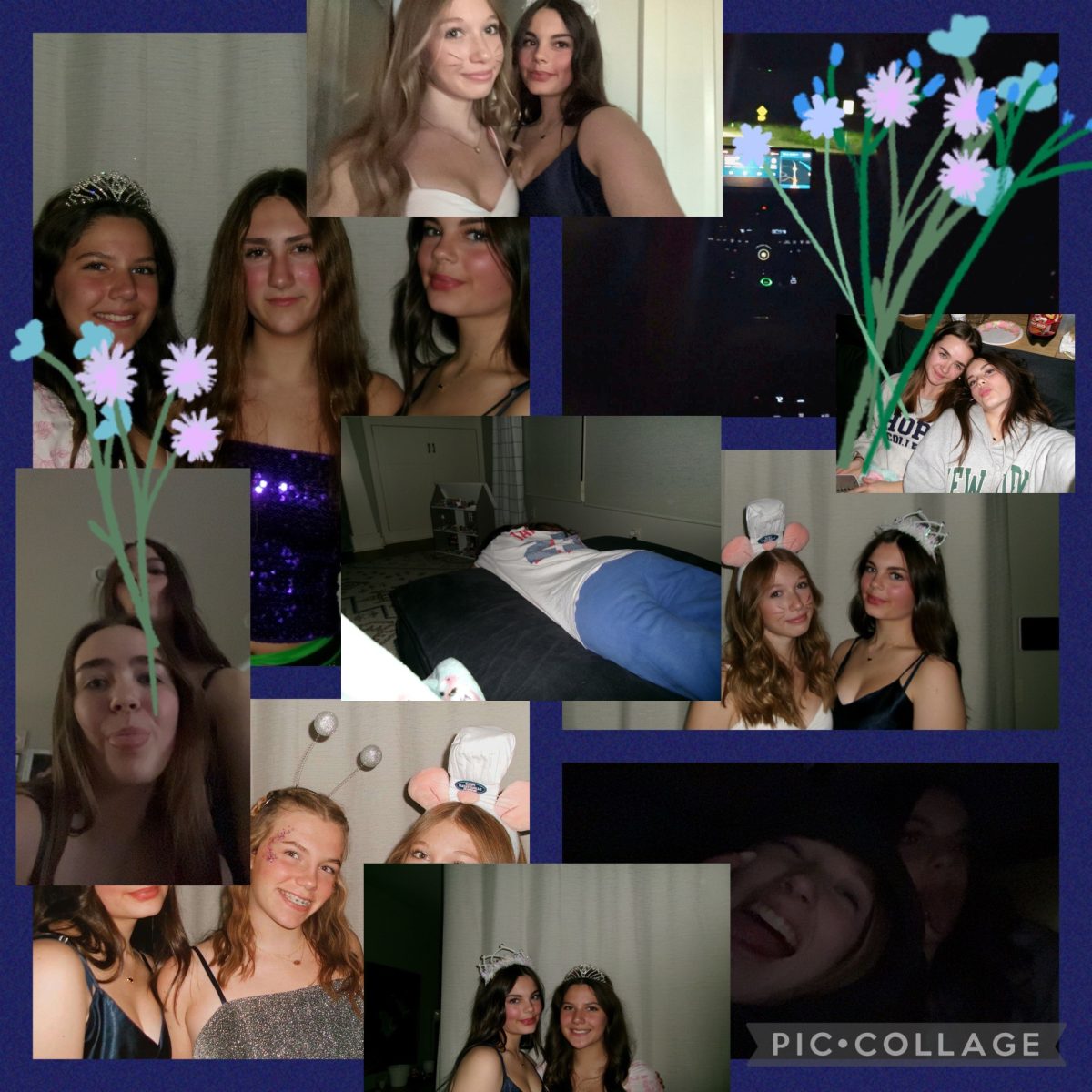Silence holds the truth
Incessant, unabating buzzing permeates the thick, susceptible air, plugging the ears of any victim nearby. With precision, it weaves through the particles, inspiring life into the aimless air. This noise—monotonous and everlasting—rings through the early morning and well into the crepuscular hours of night.
All through these hours, the buzzing continues; like a second person, a friend, not a stranger, it fills vacant homes with vacant rooms. With a fluid body, it morphs as it moves through frames, cracks, and windows.
It joins in on various family celebrations from laughing birthdays to burning red parties. Standing in the back, buried and hidden, an assassin of the air, it waits and watches and waits once more.
Unapparent, this hum fills in for when the world’s natural noise falters, acting as a protector of the distraction. The indistinguishable drone patriotically patrols across the globe.
It is everywhere and anywhere, in everyone’s and anyone’s mind.
Present from birth to death, the stolid sound remains a constant in the world. It is a commonplace in the world, no longer foreign as it leaves debris in their ears. It has been there all their life, morphing into a familiar faceless face.
For the green, bubbly girl, the basic buzzing overlooked her when she was a mere, infinitesimal infant, never weaving its way into her ears. She was left listening to the raw, real-world; no filler noise littered her childhood. Her ears were open as a petite, impressionable child.
And at such a young age, she did not know what her acts meant. She did not know that no one else was listening, intently and thoroughly. She did not know that their ears were precariously plugged. She did not know, for her ears knew the silence in place of foreign buzzing.
Through her youth, she relished that silence—the one she did not realize was solely hers—as it provided safety from the world.
Her mind, at such a young age, was pacified by the daily noises of chatter and clatter, but it searched for solitude. The thoughts that laid bestrewn across her head came to life once silence was found when she was alone.
Questions and ideas babbled out of her, childish but curious, and her family was befuddled. Their ears—still plugged from the berating buzzing—could not handle such truths, such realities that the child spoke. She spoke clearly without any misdirection from fillers in her mind, but the others did not understand.
They feared her; they feared the candor of her words as she faced reality.
So they forced the accepted law upon the girl, changing the beat she walked to. They taught her not to think, to let the noise fill her mind, to not question what she had known and what was left to know. With an abrupt, expeditious shout from the crowding people who viewed the child like an exhibit, the buzzing writhed into her room and straight into her mind.
Without the clarity of silence, without the time to think inside of herself, the girl morphed into one of the mass-produced others. She was no longer herself.
Years passed, and now the child is almost an adult; the uniform humming has corrupted her mind, distracting her from the truths of life. It keeps her confused but conformed to the standards, cementing her into place in the repressed society.
The confusion and wonder dress her eyes in sparkle, but the filler cloaks it with a throttling grasp. She loses herself, day by day, to the relentless murmur in her mind as she desperately grips on to that sparkle.
But to all the bystanders’ blind, belligerent eyes, they could never tell she once had a comprehensible grasp on her world.
They cannot see that sliver of hope.

Lynlee is a senior and is starting her final year in the midst of all this COVID-19 chaos, which is fitting for her strange luck. Room 139—home to The...























































































